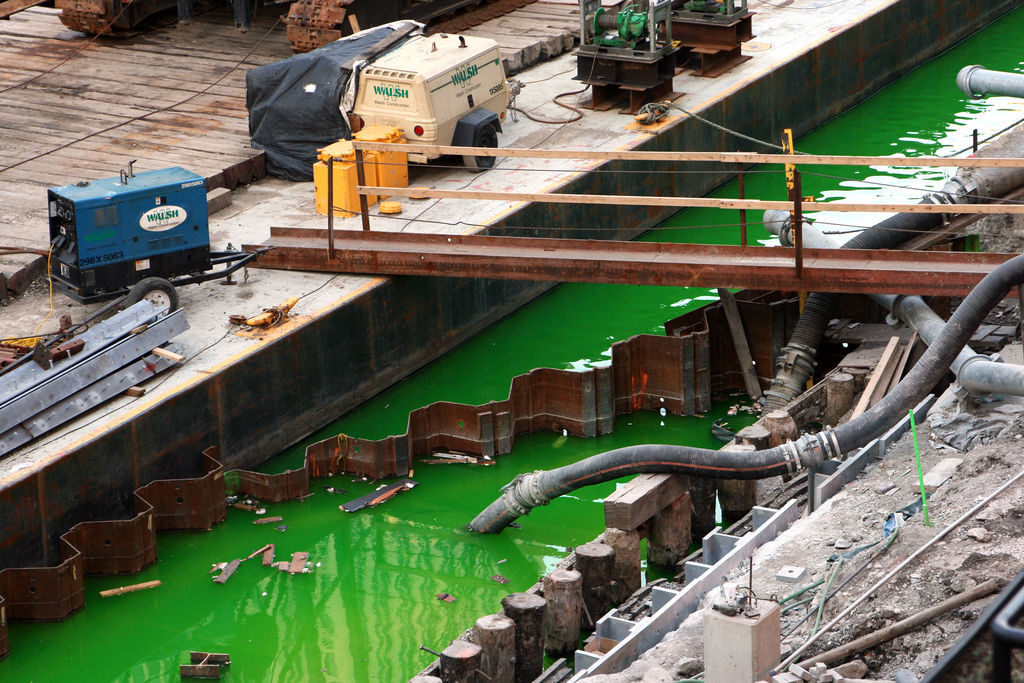
Each year, around 300,000 tonnes of harmful dye pollutants are released into the world’s water supplies. Addressing this problem is a major focus for the global textile industry.
While research into so-called photocatalytic materials (which use sunlight to break down pollutants) have long been thought promising, the efficiency of existing materials is limited as they only absorb higher energy, ultra-violet light.
Developed by a team at the University’s Energy Safety Research Institute (ESRI) the new material, a composite of tantalum nitride and tungsten oxide, is claimed to be able to remove pollutants at a far superior rate. The work is reported in Nature’s Scientific Reports journal.
The composite is synthesised by growing ultra-thin "nanowires" of tungsten oxide on the surface of tiny particles of tantalum nitride. As a result of the incredibly small size of the two material components - both the tantalum nitride and tungsten oxide are typically less than 40 billionths of a metre in diameter - the composite provides a huge surface area for dye capture.
During use, the material breaks the dye down into smaller, harmless molecules in a process called "photocatalytic degradation". Having removed the harmful dyes, the catalyst may simply be filtered from the cleaned water and reused.
Both of the materials used in the study have attracted significant interest in recent years. Tungsten oxide, in particular, is considered one of the most promising materials for a range of photocatalytic applications, owing to its high electrical conductivity, chemical stability and surface activity, in addition to its strong light absorbance.
As a low band-gap semiconductor, tantalum nitride is red in colour due to its ability to absorb almost the entire spectrum of visible light, and therefore extracts a high amount of energy from sunlight to power the degradation processes.
The true potential of the two materials was realised once they were combined into a single composite. Due to the exchange of electrons between the two materials, the test dye used within the study was broken down by the composite at around double the rate achieved by tantalum nitride on its own, while tungsten oxide alone was shown to be incapable of dye degradation.



Project to investigate hybrid approach to titanium manufacturing
What is this a hybrid of? Superplastic forming tends to be performed slowly as otherwise the behaviour is the hot creep that typifies hot...